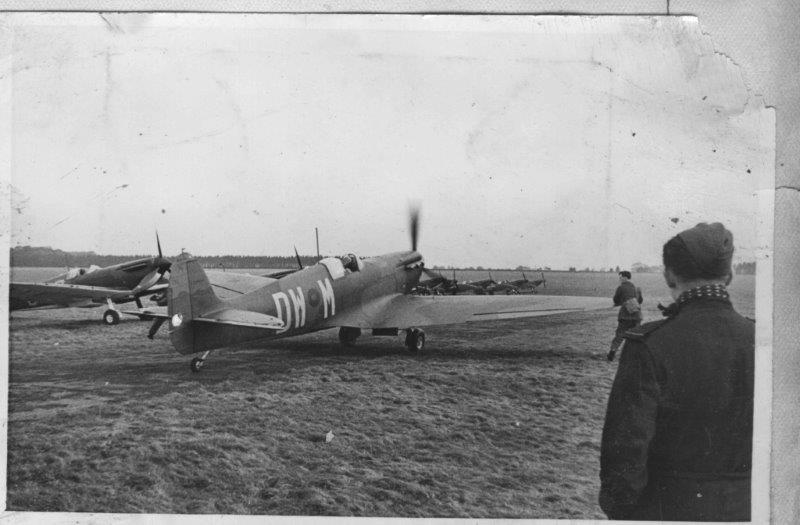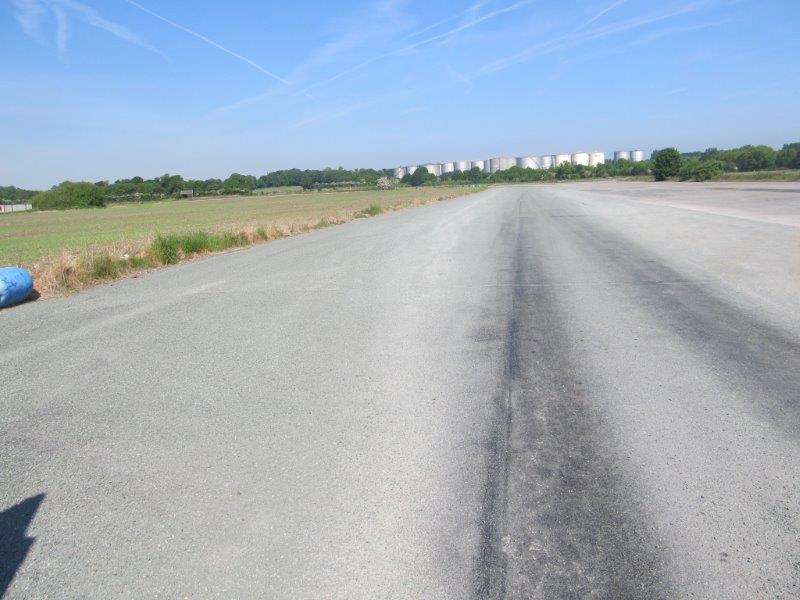The old airfield at Hooton lies in what was the grounds and parkland of Hooton Hall built by the wealthy Liverpool banker RC Naylor 1814 to 1899 whose decedents still own the land and remainder of the Estate.
The Park was first used as a landing strip in the early days of aviation before the First World War and during the conflict airmen from the RFC were stationed at Hooton Hall before it was demolished in 1935.
World War 2 saw the creation of a proper concrete runway the remains of which we now see in place although only a relatively short section remains in Estate ownership having been purchased back from the Air Ministry along with the aircraft hangar in the early 1960’s when the remaining airfield was sold to Vauxhall to create what is now the Ellesmere port car plant.

The site was also used as a site for the Cheshire Agricultural Show for some years during the 1960’s before the move to Tatton and latterly Tabley.
610 Spitfire Squadron was stationed at Hooton during the WW2 and also flew the Meteor, Britain’s first jet fighter, shortly afterwards (see photo). Indeed the 610 Squadron association still have an office at the runway housing an assortment of memorabilia.
In addition the old runway and parking area 2.5 acres have been used for a variety of uses including driver training and ad hoc event parking, etc. Merseyside Police also have a base there as a specialist training facility.

While the remaining agricultural land is let to one of the estate tenants for arable cropping, the Northern part of the Park has been transformed into a Kart racing track run by Modus Motorsport who constructed a high grade tarmac track there in 2006 from where national and corporate events are run.
However the main Estate asset comprises the WW2 Hangar which remains in good condition having been re-roofed in 1995. Over the years it has been let to a number of storage and distribution companies and the present tenants, A M Transport, are in occupation until 2018.
Security is of key importance to both the Landowner and the various occupants, and an access compound was installed by the owners in 2008 which thus far has successfully prevented any unauthorised access or trespass into the runway area.

Over the last 30 years or so the various uses of the old parkland and runway have evolved and will continue to adapt to the changing requirements of the various occupants to produce income for the owners with the additional potential for further alternative uses (eg site for an anaerobic digestion plant) kept under review.
Julian Mellis, Rural Consultant is the land manager for this estate julian.mellis@fishergerman.co.uk
